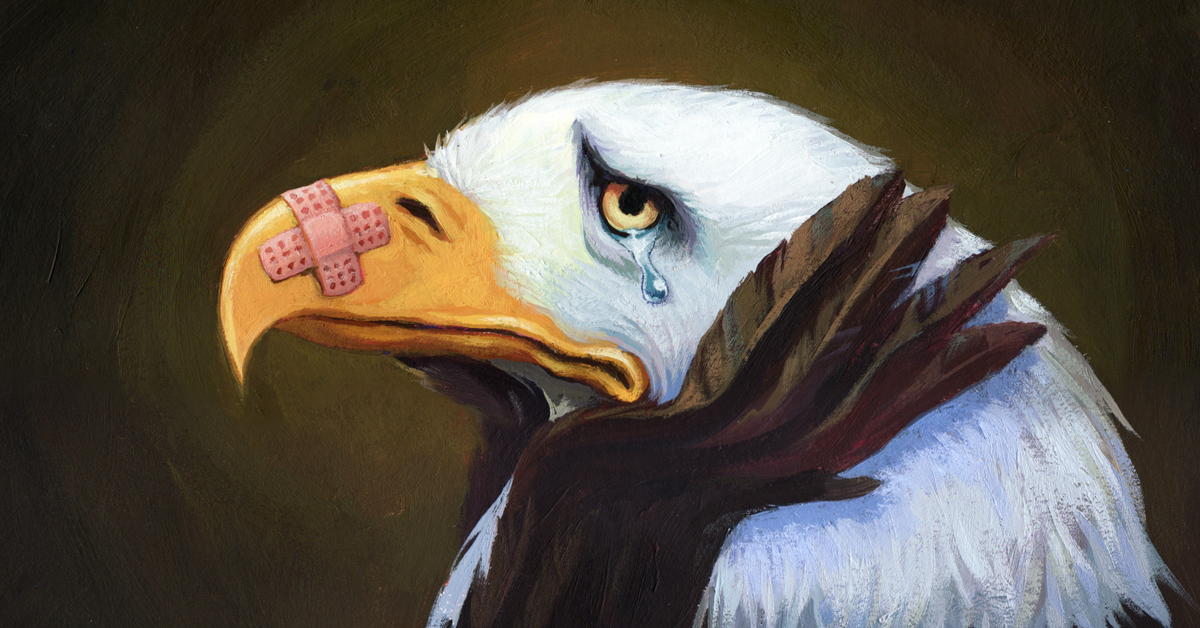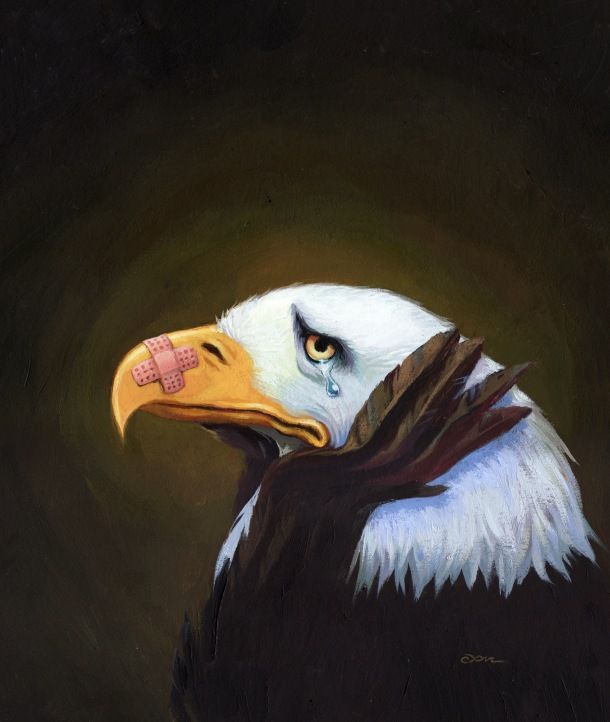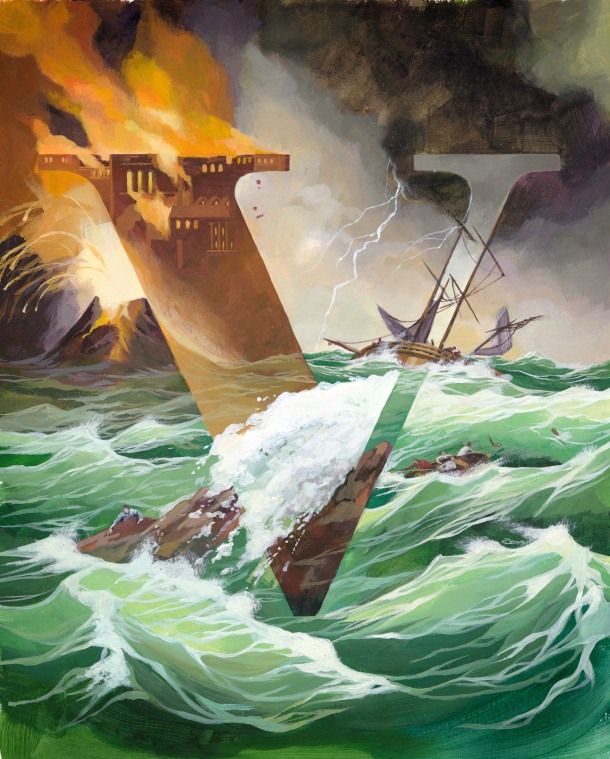Jon Berkeley: Illustrations That Tell a Story

Editorial illustrations complement a text and tell a story without using words
Irish illustrator Jon Berkeley (@jon_24) found his call in editorial illustration. While he usually enjoys drawing for younger audiences, he has also found that working for newspapers and magazines is ideal for educating, informing, and entertaining readers, an activity he finds challenging and gratifying in equal parts.
Berkeley was born in Dublin, the city that saw him grow and develop into a professional illustrator. He took his first steps in this field when the internet had yet to become the hive of creative opportunities it is nowadays and carved himself a career by knocking on every possible door. This is how he got to collaborate with Time, Newsweek, and The Economist.

Editorial illustration: telling stories without words
Aware of his important job as a nonverbal communicator, Jon Berkeley exploits the hidden meanings of the stories he illustrates. He tries to capture the ideas the writers express with their words, round off concepts, and perfect the text that accompanies his illustrations.

His work as an editorial illustrator is of particular relevance especially when illustrating a subject in the news that cannot be represented with a photograph or another medium, for example, a particularly sensitive issue that cannot be graphically portrayed. In this case, illustration becomes the best medium to visually translate the topic, through analogy and metaphor, without needing to shock the reader’s sensitivity. Themes to do with the economy can be too generic and difficult to express in images. In this case, illustration can help refine and clarify concepts that are too vague and abstract.

The infinite possibilities of editorial illustration
As infinite as the list of subjects that conceptual illustration can cover, so is the variety of media used to create the illustrations. The choice of working digitally or traditionally—or using a combination of both, as in the case of Jon Berkeley’s work—is totally up to the illustrator, and often depends on other factors: the type of support the publication will be printed on, the deadline, and the size of the illustration itself.
The most important thing, as Jon Berkeley points out, is the ability of the editorial illustrator to rise to the challenge and to communicate the concept, adapting their processes to get the idea through, and feeling proud of the final outcome.




In his Domestika course Acrylic Techniques for Creative Illustration, Jon Berkeley teaches you to develop creative illustrations using acrylic paint.
English version by @acesarato
You may be interested in:
- 7 Questions To Answer Before Every Illustration
- Exercise: How to Add Realistic Lighting to Your Illustrations
- 10 Apps for Restless Illustrators





0 comments